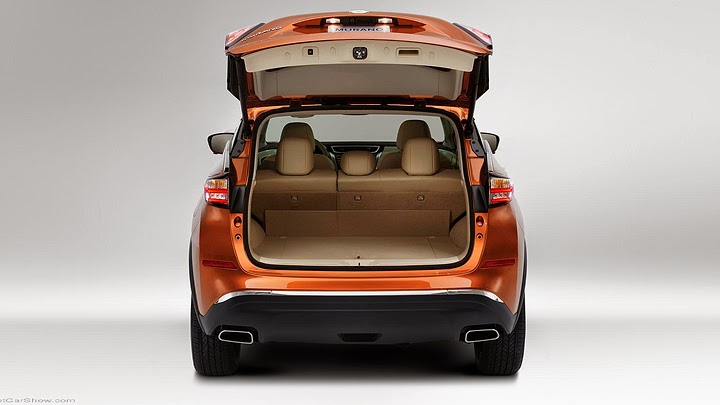
Named after the Italian city, Murano was Nissan’s very first crossover designed for North America, arriving for the first time in 2002. It turned out a very interesting vehicle because the company was bold enough to invest on an innovative design when the car industry was still starting to abandon the 1990s’ trends – in other words, much before examples like Kia Soul and Hyundai Veloster cleared the path for cars whose top priority was the design. Since it was combined to a nice V6 engine and a roomy cabin which never seated seven in order to keep distance from minivans, Nissan ended having a great start at the segment which would become a worldwide frenzy. Not so much in Europe, yet, but it was only a matter to know that audience better and coming up with Qashqai.
This vehicle reached its second phase in 2008, when the first strong rivals were starting to appear. However, the Japanese responded simply by taking advantage of the moment they were living then: since Nissan was leaving its previous design language but still didn’t show a new one clearly, Murano was able to search for its own path once again. The result was another period of success, which even motivated the arrival of Rogue, its North-American smaller brother. It wouldn’t be crazy to affirm that having so different models selling so well around the world is what led Nissan towards multiple design languages, each one focused on the models of a particular category. The only bad twist in Murano’s story was the CrossCabriolet version, but it won’t have a successor.







After spending all those years on building its image among crossover clients, it was time for Nissan to update its lineup once again. The all-new Murano reaches its thirteenth year looking more mature, but this doesn’t mean it stopped to invest on the design at all; actually, it got even more amazing how Nissan could made it remind of the outgoing car while bringing many elements of its own and still avoid resembling any other one. Most of its lines were anticipated by the Resonance concept, but the production car doesn’t look as if it lost something because its proportions look much better. Nissan’s boomerang headlights appear once again, with a wide iteration of the equally typical V-shaped grille. The lower portion reflects those shapes without dividing the attention.
That feeling of movement is responded by the sides, which made a very good use of multiple creases: since they start up front and go all the way to the back, they manage to give an imponent look without looking exaggerated. Painting the D-pillars in black in order to create a visual connection between windows and rear glass isn’t a new idea, but it looks particularly great here because of that “hump” on the window baseline: instead of looking too long, the car takes the attention to the subsequent effect of floating roof, as if it hovered over the cabin hanging only from the A-pillars – the rear spoiler is painted in black, too. The rear fascia, in turn, reminds of the front at the tail lights, while taking advantage of more black paint, this time at the lower portion, to look taller.







The other reasons why Nissan calls it its flagship crossover appear in the cabin. The room doesn’t try to look too fancy because it would also end old-fashioned. Instead, Murano offers a claimed “lounge-like” room, filled with round surfaces in order to give a cozy feeling, rather than the typical sporty coldness of black and chrome. These colors do appear here, in fact, but mostly at the central console and always combined to a different tone, like the pictures’ Cashmere. The vehicle is 6.3-cm longer, 3.3-cm wider and 59 kg lighter, so it delivers around the same internal space for up to five passengers (parties of seven need to take Pathfinder) along with an impressive 0.31 drag coefficient (the outgoing car had 0.37).
Murano’s upscale trim level was renamed Platinum, while S, SV and SL were carried over. Between standard and optional items, its main features include 8” touchscreen, 11-speaker Bose audio system, 20” aluminum wheels, adaptive cruise control, automatic headlights, dual-zone climate control, a complete infotainment central, heated front and rear seats and steering wheel, keyless entry with push-button ignition, LED lights, panoramic sunroof, power-opening tailgate and the typical array of electronic safety systems, such as the AroundView Monitor. The only available engine is still a 3.5L V6, capable of 260 hp, 240 lb-ft and a claimed 20%-better fuel efficiency. The new Murano can also be upgraded with all-wheel-drive and CVT transmission.